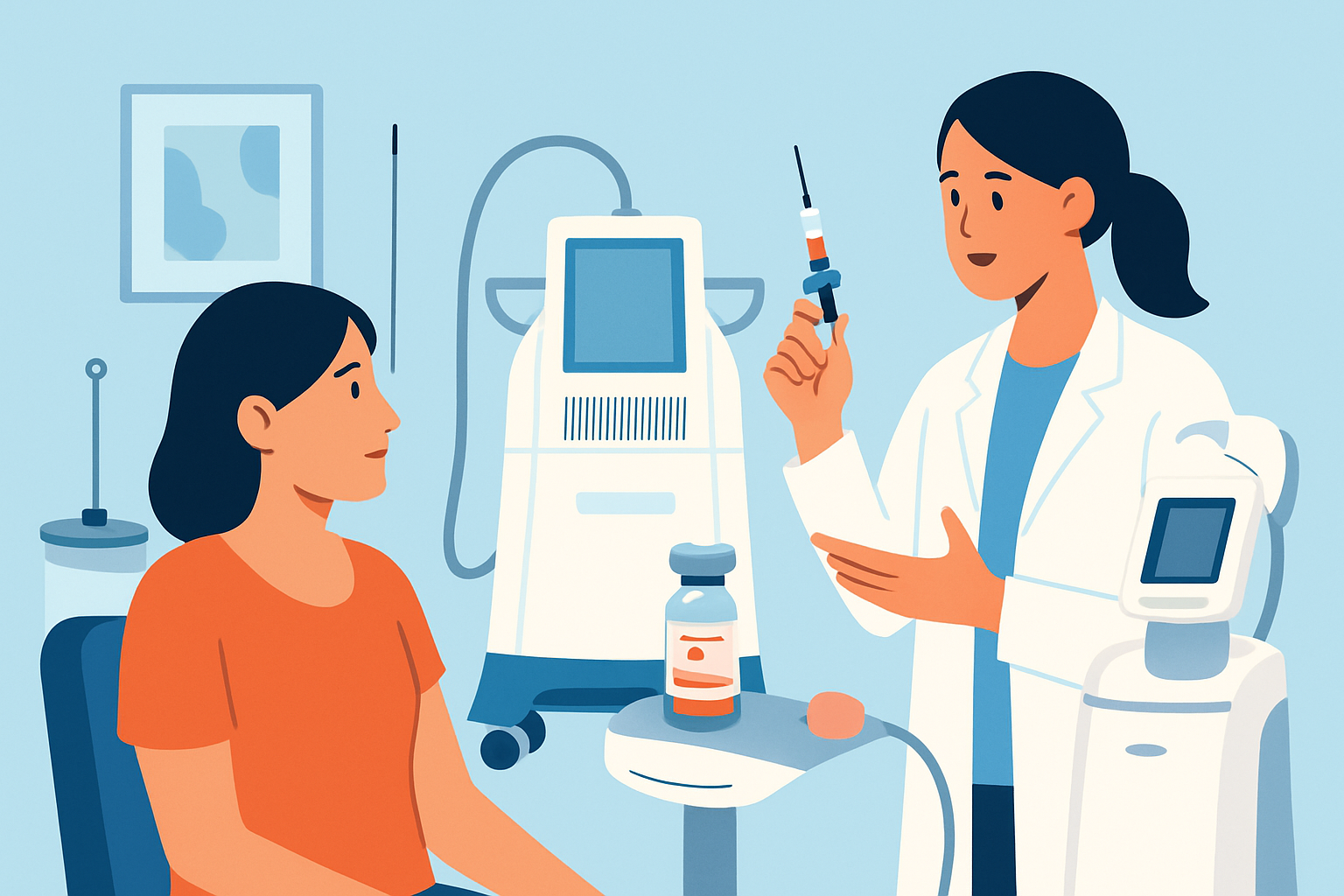Planning 10 Days in Greece on a Budget Without Missing
Discover how to experience 10 days in Greece on a budget without missing iconic sites or local cultu...

Submental fat, more commonly known as a double chin, can be a nuisance for many people—not just in appearance but sometimes in comfort. This happens when an extra layer of fat settles under the chin, leading many to seek submental fat reduction treatments to refine their jawline and boost confidence. These treatments help address both aesthetic concerns and physical discomforts like skin irritation or difficulty fitting into certain collars comfortably.
There’s a lineup of effective ways to tackle submental fat catering to a broad spectrum of preferences and health considerations. You’ve got surgical options like liposuction that usually bring quicker and more noticeable changes, perfect if you’re looking for fast results. On the flip side, there are gentler non-surgical routes like Kybella injections, CoolSculpting and ultrasound therapies that target fat cells with minimal fuss and hardly any downtime.
There are quite a few popular ways to tackle submental fat, each with its own twist and recovery timeline. Liposuction involves small incisions to physically remove the fat, while Kybella injects deoxycholic acid to gently break down those stubborn fat cells. Then there’s CoolSculpting, which freezes fat cells with controlled cooling. Ultrasound therapy uses sound waves to zero in on fat layers, offering a noninvasive alternative.

A professional healthcare environment showcasing different submental fat reduction methods including surgical and non-surgical devices.
Practitioners take the time to carefully evaluate each patient’s overall health and skin elasticity before crafting a treatment plan. They also assess fat distribution. Drawing on years of experience, they recommend the approach that strikes the best balance between speed, results and recovery.
Recovery time really hinges on the procedure you pick. Surgical options like liposuction often require several days to a couple of weeks of downtime so you can take it easy. On the flip side, non-invasive treatments such as Kybella or CoolSculpting usually come with less downtime and only mild side effects like some swelling or tenderness.
How quickly you notice results really depends on the procedure itself and a handful of individual factors like your metabolism and skin elasticity. Surgical results often show up right away, but they tend to keep improving over several weeks as the swelling slowly subsides—sort of like watching a sculpture reveal itself bit by bit. Non-surgical treatments like Kybella or CoolSculpting usually bring about more gradual changes over two to three months, as your body does its natural job of eliminating fat cells.
| Procedure | Time to See Results | Longevity of Results | Typical Sessions Needed |
|---|---|---|---|
| Liposuction | You get to see results almost immediately, with the final look settling in over 4-6 weeks | Results can stick around for several years, as long as you keep your weight in check | Usually just a single session does the trick |
| Kybella Injections | Results sneak up on you gradually, unfolding over 6-12 weeks | Fat cells are permanently zapped and gone for good | Generally, 2-4 sessions are needed |
| CoolSculpting | Results typically show up between 4-12 weeks—patience is key here | Effects tend to last a good while if you keep up with maintenance | Usually calls for 1-3 sessions |
| Ultrasound Therapy | You’ll need to wait around 6-12 weeks to see the full effects | The effects might hang around from several months to a few years, depending on the case | Typically, 1-3 sessions are recommended |
| Emerging Techniques | Timing varies quite a bit depending on the method used | These approaches are still under the microscope, so to speak | Number of sessions can vary widely |
Submental fat reduction procedures are generally safe but like anything worth doing there’s always a small risk involved. Possible hiccups might include infection, temporary or sometimes permanent nerve damage, uneven fat removal that can leave you with unexpected asymmetry, lingering swelling or allergic reactions to some components of the treatment.
Partnering with a skilled, board-certified cosmetic specialist is absolutely key to ensure your submental fat reduction treatment not only stays safe but also delivers results that look natural and effortless. The right technique combined with careful attention can truly make all the difference, influencing how smoothly you recover and, of course, how great the final outcome turns out.
Choosing the right provider for submental fat reduction starts with a close look at their credentials and experience in tackling submental fat. When you sit down for a consultation ask pointed questions about the procedure and what results you might realistically expect. Also ask how long recovery usually takes and, of course, the fees involved.
30 posts written
Driven by a passion for historical mysteries, Sterling investigates forgotten stories and overlooked figures, bringing the past to life with meticulous research and vivid prose.
Read Articles
Discover how to experience 10 days in Greece on a budget without missing iconic sites or local cultu...

Explore Reykjavik like a local with this complete guide to free and affordable activities. From icon...

Wondering if Belize City is worth visiting? Explore its rich history, vibrant culture, stunning natu...

Discover what athletes representatives do, their critical responsibilities, and how they help athlet...
27 posts written
25 posts written
24 posts written
